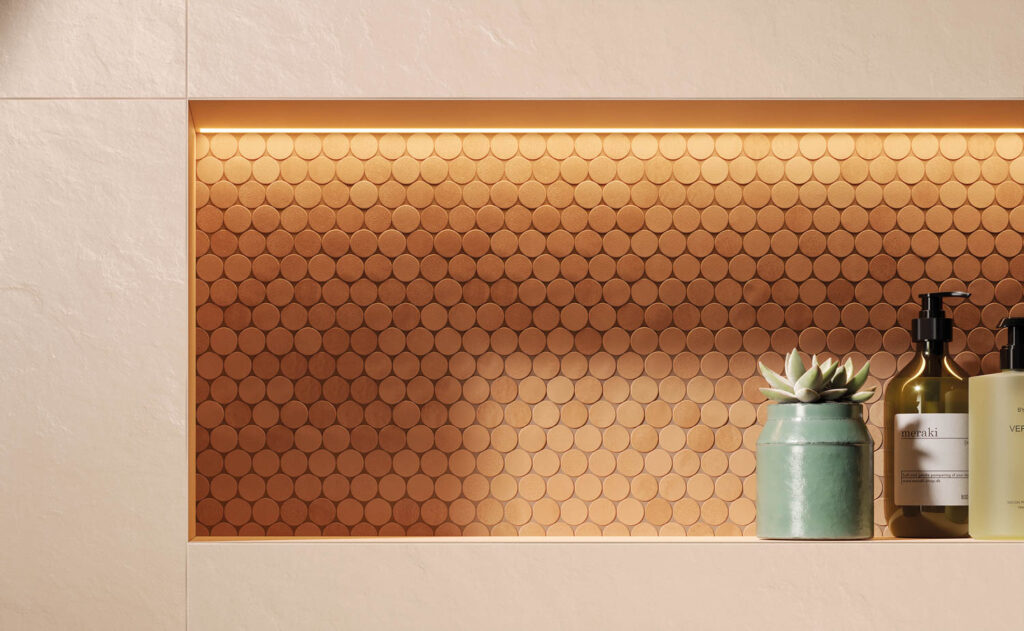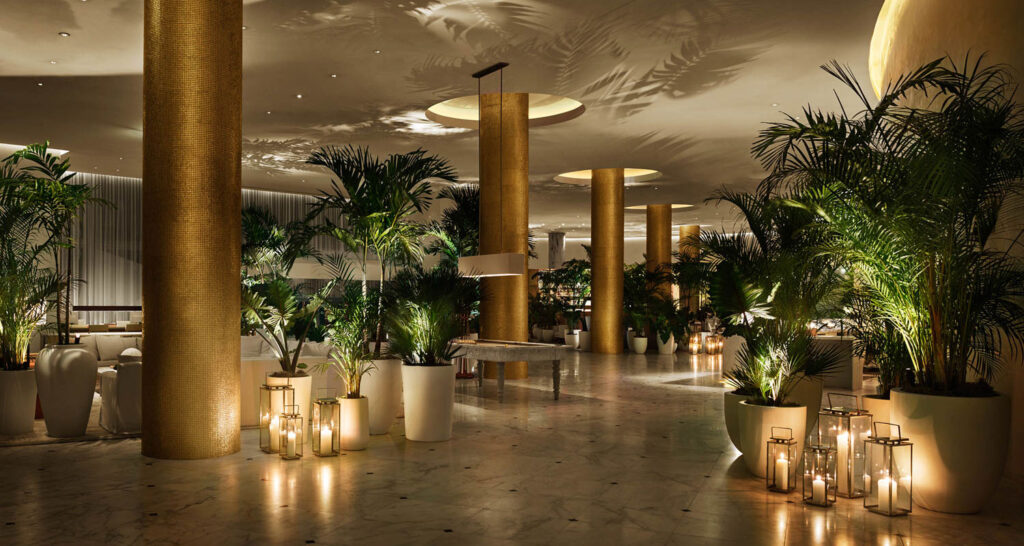Workplace Design Must Go Beyond Fun and Games Experts Say During Interior Design’s Talk at Penn1
Move over gaming tables, employees trekking into the office today are seeking more than a round of ping pong. So what exactly do they want? Interior Design editor in chief Cindy Allen recently brought together four esteemed design professionals for a lively discussion at Penn1 in Manhattan to find out.
“The goofiness of the stuff we were trying before, I think that’s finished,” shared Jennifer Kolstad, global design and brand director at the Ford Motor Company as she sat perched atop a chair, microphone in hand. “When we are together, it’s to have meaningful connections with people and do meaningful work.”

Sheryl Connelly, chief futurist at Ford Motor Company, nodded in agreement and referenced the local artwork and calming vibe in Ford’s new experience center. “When I go into that space, it feels like an investment in me as an individual—there’s something that it really gives back to the employees,” she said. “If a brand wants to be seen as innovative but they don’t have the environment to match then they are stifling creativity.”
So how do architects and designers envision spaces that resonate on such a personal level for the many individuals it impacts? One idea involves thinking outside the box—literally. Kolstad established what she calls a “Think Tank” coalition comprised of people whose expertise extends beyond her own. Scientists, health and wellness experts, as well as a connection at NASA came together to discuss the impact of neurology (brain and physiology), psychology (behavior), and anthropology (culture) on the built environment.
“The Think Tank was unprecedented in terms of the scale of the group and the vastness of expertise,” Kolstad said. “We need human scientists. We will not try and answer a question without the perspective of neurologist, behavioral psychologist, and anthropologist.” This is especially important for identifying blind spots within the project, Connelly added. “The deeper the expertise, the more likely the person is going to see barriers,” she said.

Another key aspect of Kolstad’s process involves creating guiding principles, which are agreed on by all involved in bringing a space to life. With principles such as “life is movement” and “wellness as the pursuit of positives” top of mind and others for the Ford project, every design decision had to further said goals, keeping the team on track. “Let’s restate design objectives from a place of human,” urged Kolstad. “I encourage all of you to build a team like that, it really changes the perspective of your work.”
Up next, Peter Knutson, chief strategy officer at A+I, and Andy Bird, co-chief creative officer at creative agency, Le Truc/Publicis Groupe, joined Allen to discuss ways to maximize technology during the design process—especially when it comes to forming human connections, near and far.
For example, Bird showed an ad campaign for TikTok developed by his team that managed to generate unmatched engagement without showing a single TikTok video. Instead, the agency used word bubbles—just that those that captivate us via text or screen captions—to catch viewers’ eyes. It’s this kind of thinking that, similar to Kolstad’s Think Tank, needs to extend into the realm of design.
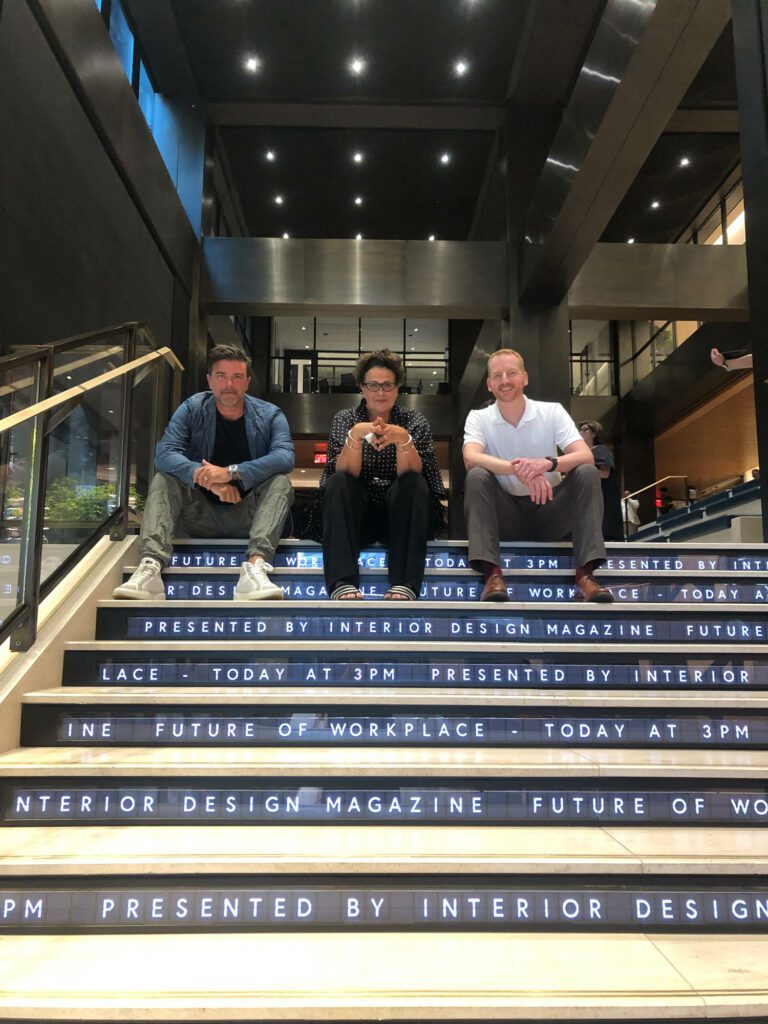
“The future of the workplace is fluid,” said Knutson. “As long as the core rationale for why we’re building a space stays in mind and we understand what designing for, we’ll always find a secondary solution to any challenge.” And solving problems is exactly what designers do best.
As Allen asserted: “When we talk about the future of workplace, that’s something that impacts every single one of us and in order to be innovative and do something different, we have to talk to each other.”
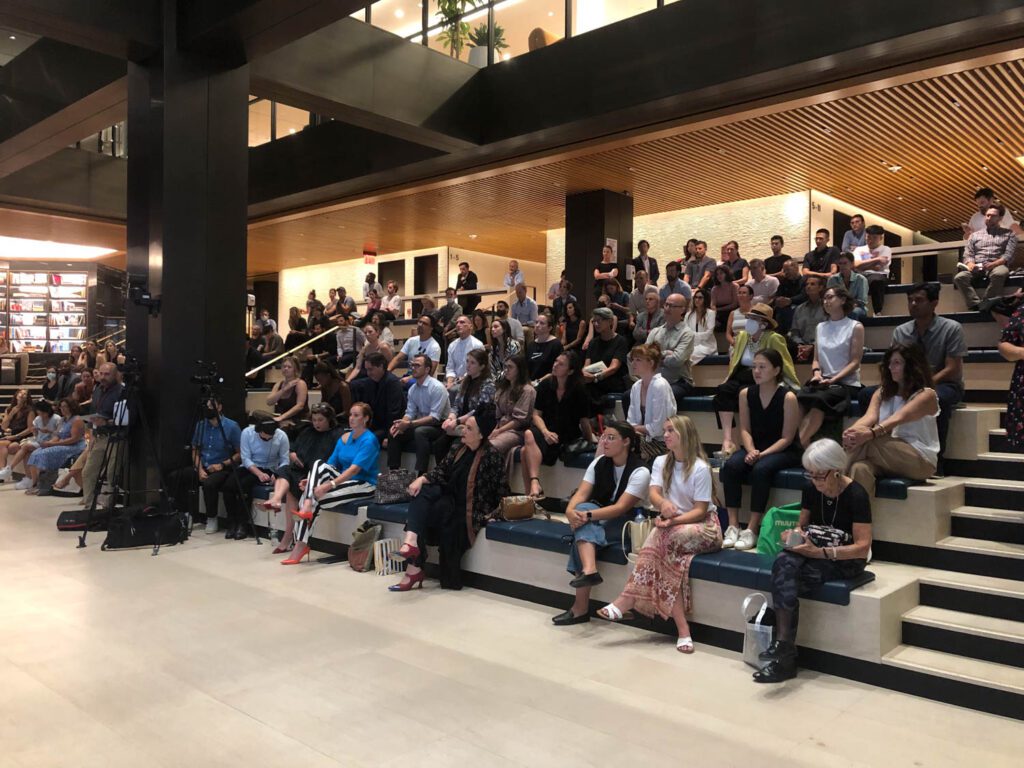

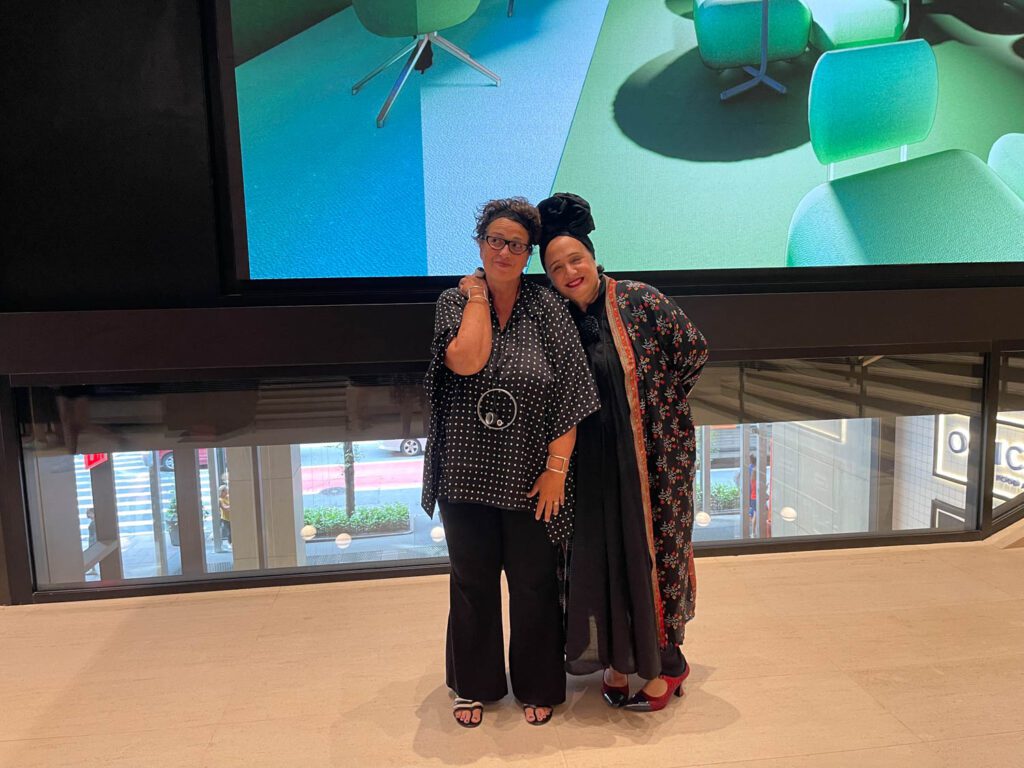
A big thank you to our event partner, Garden on the Wall.
read more
Projects
Jennifer Kolstad and Ghafari Associates Propel the Ford Experience Center in Michigan into the Future
In-house design director Jennifer Kolstad works with Ghafari Associates in devising the Ford Experience Center in Dearborn, Michigan.
Projects
Aidlin Darling Design and Susan Marinello Interiors Team Up on This Modern Office in Seattle
Aidlin Darling Design crafts a new sheltered on-campus environment for Expedia Group’s staff to work and gather but also retreat.
DesignWire
Rebecca Moses Joins Cindy Allen for Interior Design’s Inaugural ArtbyDesign Talk at PENN1
Interior Design editor in chief Cindy Allen hosted an ArtbyDesign talk with artist Rebecca Moses last week at PENN1 in Manhattan.
recent stories
DesignWire
Top Tile Trends Spotted At Coverings 2025
Explore tile highlights from Coverings 2025, which hosted more than 1,000 exhibitors from 40 countries in Orlando, Florida earlier this year.
DesignWire
How The Power Of Design Reignites Classroom Engagement
Tune into this Once Upon A Project episode to learn how KI transforms educational spaces with well-designed environments and robust chairs.
DesignWire
10 Questions With… George Yabu And Glenn Pushelberg
The cofounders of Yabu Pushelberg keep breaking new ground, expanding into product design and art consulting with work that connects on a human level.



